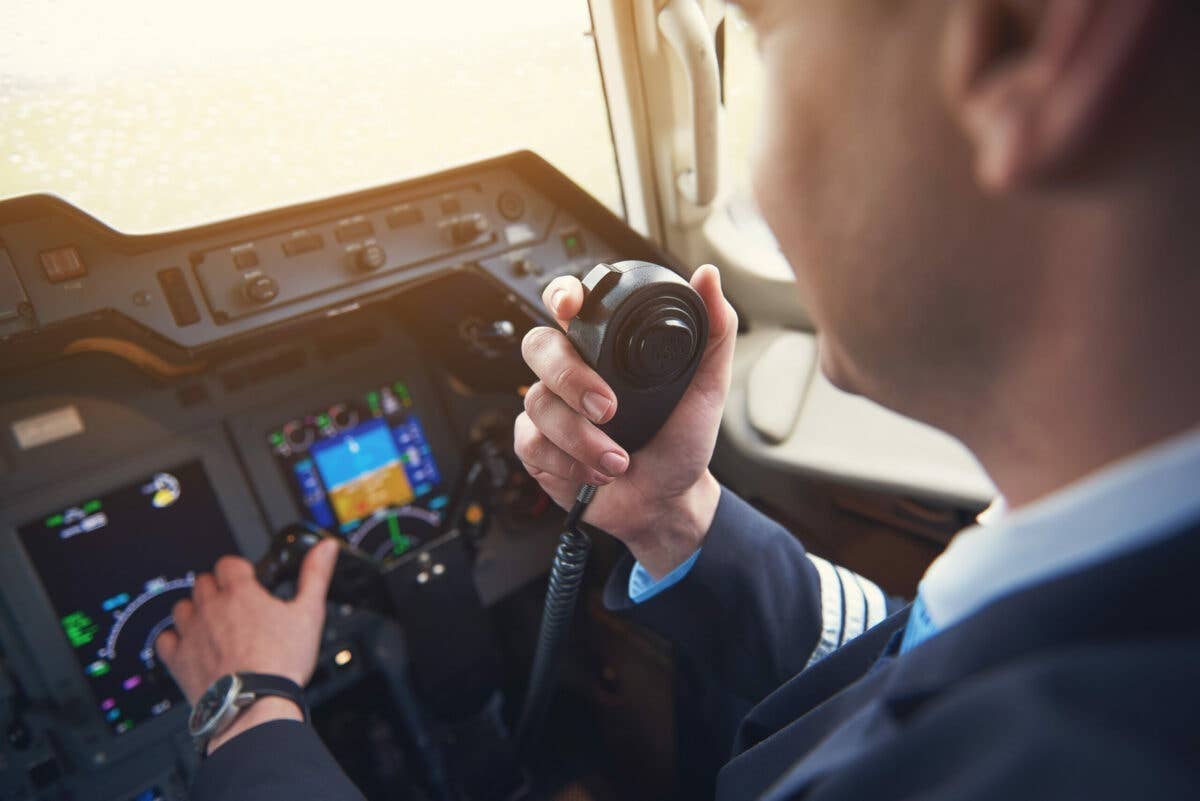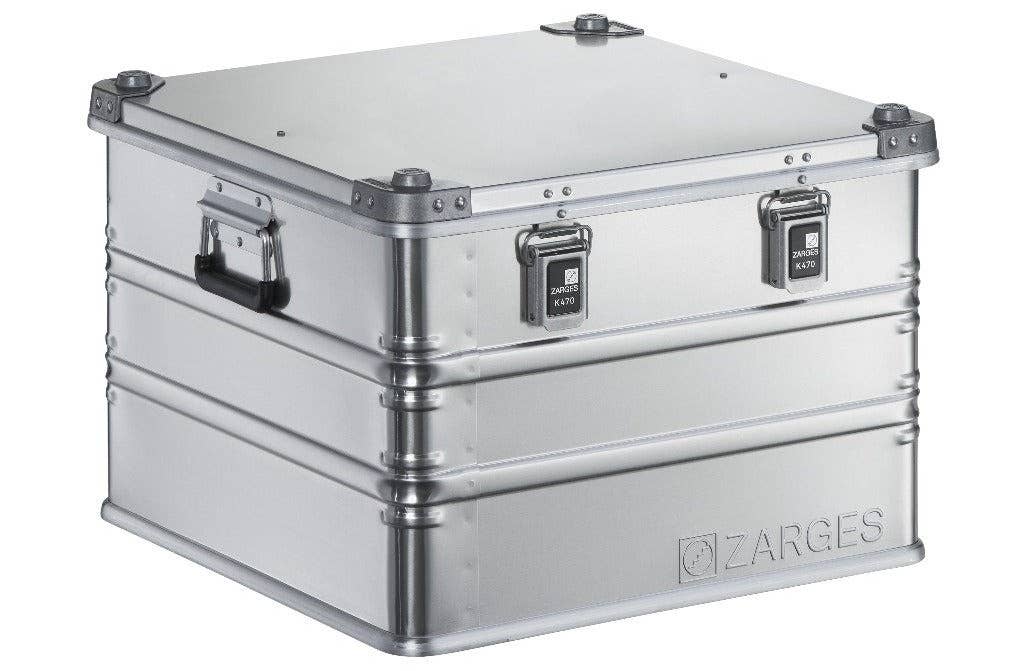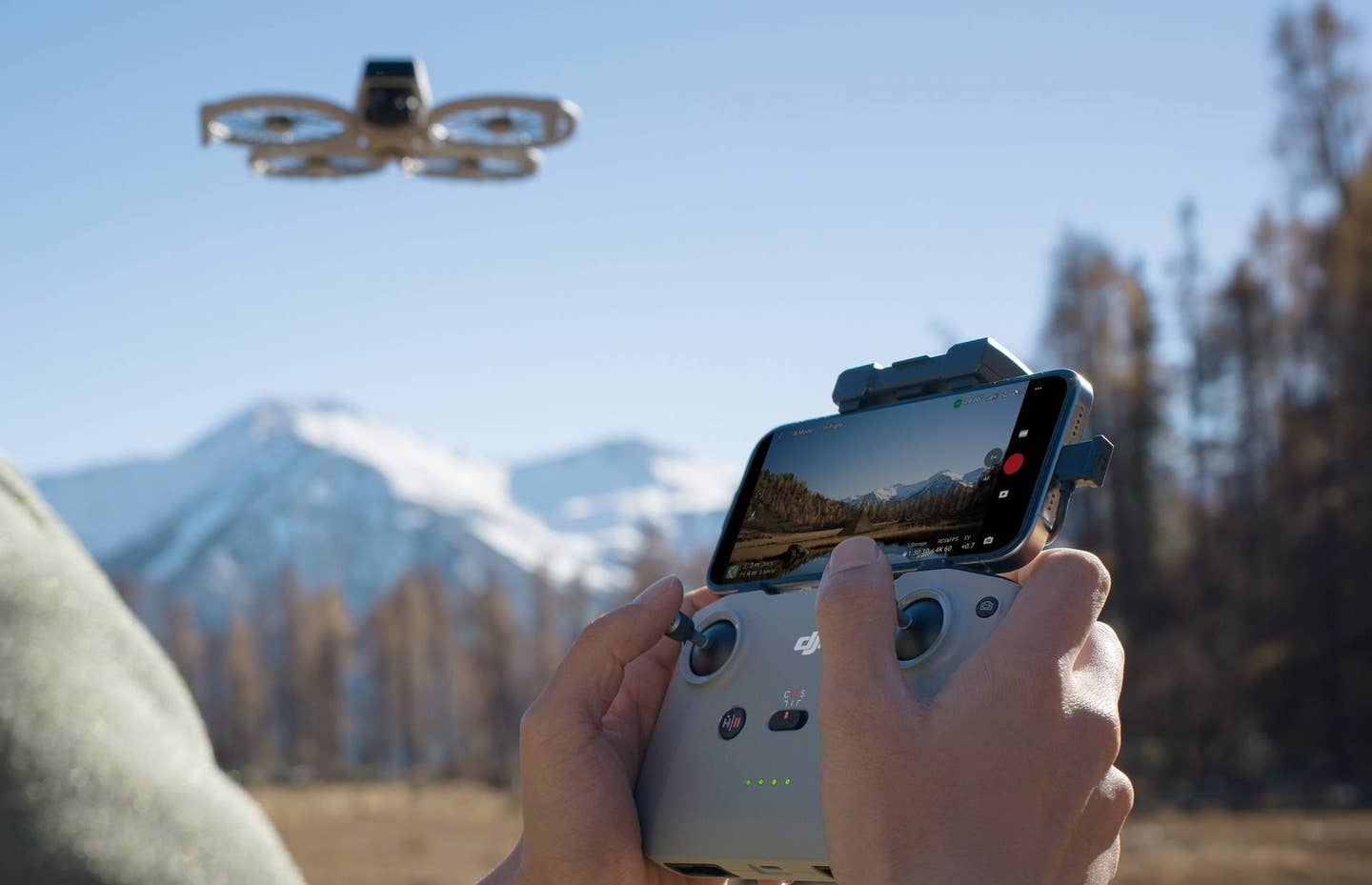
Communication is key in aviation training. [Shutterstock]
VFR flying is a blast. Without IFR’s procedural demands, VFR’s comparatively lower workload offers many pilots a greater sense of freedom and flexibility.
But for pilots coming back after a long break from the cockpit, even the generally simpler radio procedures used in VFR flight can feel intimidating. Quickly spoken phrases, new or forgotten terms, and the need to respond clearly and concisely can leave them feeling like they’re learning it all over again.
- READ MORE: Emergency Procedures for the Rusty Pilot
Let’s take a look at how to bring those VFR radio skills back up to speed and get back to safely enjoying the freedom of flight.
Challenges in VFR Communication
One of the biggest hurdles to getting back in the cockpit can be radio communication.
When I returned to the left seat after even just a couple of months away last year, this was in all likelihood my most obviously degraded skill. Upon opening my mouth to speak to the familiar controller at my local airport, to my dismay, I was greeted with a once-long-forgotten knot in my stomach I hadn’t felt since my training days.
Perhaps you’ve had a similar experience or, hopefully, are just here looking to avoid that experience in the first place by preparing well ahead of time. While the flow of radio comms should come back quickly enough, there can still be an initial “relearning” curve. The best solution, of course, is to simply brush up on the basics and practice the structure and phraseology of VFR radio exchanges.
Basic VFR Radio Procedures
Calling and Responding: Format and Etiquette
The backbone of effective radio communication is recognizing and sticking to a common structure. Pilots and ATC both follow a simple format in radio calls: Say who you’re speaking to, who you are, where you are (since they don’t move, ATC will skip this one), and what you want. Here’s a simple example:
- Initial call: “Grand Prairie Tower, Cessna 12345, 10 miles south, with information Charlie, landing full-stop.”
- Response: ATC will give instructions, such as: “Cessna 12345, Grand Prairie Tower. Enter left downwind Runway 18, report midfield.”
- Readback: Now repeat back the instructions for confirmation: “Enter left downwind Runway 18, report midfield, Cessna 12345.” Note that the readback is the only part that is structured differently. Simply repeat the instructions you heard and put your call sign at the end.
This exchange, along with its predictable format, keeps both pilot and ATC on the same page. If anything is unclear, just ask ATC to “say again.”
- READ MORE: IFR Chart Review for Rusty Pilots
Always aim to follow the standard format and use proper phraseology, but if it comes down to it, resorting to plain English in a stressful moment is not the end of the world. It’s better to sound a bit silly for a moment to ensure everyone is on the same page than to sound like a pro but cause an avoidable incident rooted in miscommunication.
It’s also worth mentioning that having the right headset can make a world of difference.
I’ve experienced the difference between—let’s face it—crappy flight school rental headsets and a keeper headset. If you’ve been away long enough to have lost track of your favorite headset, I’d recommend getting hold of a decent set before your first time back in the cockpit.
Everyone has their favorite brand, but I’m a David Clark man, myself. I trained with David Clark H10s, which I keep with me to this day for passengers or as a backup, and my primary set, which I swear by, is the David Clark DC One X.
Frequency Changes: Timing and Avoiding Interference
Timing when to speak up after switching frequencies can feel like a bit of a dance on a new frequency.
There are few things in radio communications more frustrating than the garbled squelches screaming in your headset of someone stepping on someone else’s call. Take a moment to listen before keying up. I like to count about five seconds in my head.
When talking to a controller, ATC will usually also let you know when it’s time to change frequencies, so stay tuned for cues like: “Cessna 12345, contact Ground on 121.15.” Acknowledge the instruction, switch over, and wait a beat before announcing yourself on the new frequency.
Squawk Codes: Purpose and Assignment
Remembering squawk codes is a small but important part of VFR radio skills.
The standard VFR squawk code is 1200 and should be double-checked or set right after engine start-up. Occasionally, though, you will be assigned a unique code or will otherwise find yourself in a situation necessitating a switch away from 1200.
Tower might assign a code on a busy day, for example, or you will get a squawk code from ATC if you are getting flight following or are otherwise talking to controllers while executing a flight plan. Other more unique situations include squawking 7700 in the event of an emergency, 7600 for communication failure, and 7500 for a hijacking—codes I certainly hope never to use, but ones that are nonetheless crucial to know.
Specific VFR Communication Scenarios
Airport Traffic: Tower, CTAF, and Self-announcing
When flying into a towered airport, you will receive at a minimum instructions about how and where to enter the pattern and a clearance to land. At uncontrolled airports, meanwhile, you will simply self-announce your position and intentions on a Common Traffic Advisory Frequency (CTAF).
It may help to mentally rehearse your calls before keying up to reduce your chance of hesitating or stumbling over a call. In either case, ATC or other pilots need to know exactly where you are, so clear updates on your location, altitude, and intentions are essential.
- Towered airports: At controlled airports, ATC guides you through the traffic pattern and on final approach. Be concise. We want to keep long calls and back-and-forths between pilots and controllers to a minimum to keep valuable air time free.
- Uncontrolled airports: Here, you’ll be making self-announcements on a CTAF frequency, updating nearby traffic as you enter each leg of the pattern (downwind, base, final). Just as when at a towered airport, do your best to keep things clear and concise. These frequencies have a way of becoming chaotic on busy days.
En Route Communication: Flight Service Stations and Center Controllers
It may be helpful while en route to check in with Flight Service Stations (FSS) for weather updates or, toward the end of a flight, to close a flight plan if you filed one.
If on a flight plan or if receiving flight following, you will need to talk with center controllers, as well as potentially with approach and/or departure controllers, depending on whether you will fly through or near to class B or C airspace.
Most en route radio calls with center controllers are pretty short and simple, and usually only involve switching frequencies when prompted, checking in with a new controller by stating your altitude, reading back an altimeter setting update, and handling an occasional traffic alert.
Some VFR pilots skip this sort of en route communication, but it’s wise to utilize all your available resources. I almost always at least utilize flight following. At a minimum, en route services can be especially helpful when navigating through less familiar areas.
Emergency Procedures: Mayday Calls and Squawk 7700
Knowing how to make an emergency call is critical. In an emergency, keep things clear and to the point.
The international distress call “mayday” is repeated three times and alerts ATC to your situation. If you ever need priority help but the situation isn’t immediately life/flight-threatening, use “pan-pan” instead, followed by the nature of the issue.
Squawking 7700 on the transponder will also alert ATC that you need immediate assistance.
Weather Updates
Tune into a nearby ATIS, AWOS, or ASOS frequencies at local airports along your route for quick weather updates and, especially, for up-to-date altimeter settings. These can be helpful in addition to receiving updated altimeter settings from controllers while utilizing flight following services.
FSS can also provide incredibly valuable information and field more detailed questions you might have about what the weather is doing along your route.
Additionally, if you fly with an electronic flight bag (EFB) such as ForeFlight or Garmin Pilot, you should have access to a significant number of weather products at your fingertips. These include up-to-date METARs and TAFs, Surface Analysis Charts, Winds Aloft, Prog Charts, and more.
Just remember that virtually all data available via an EFB is at least several minutes delayed, so absolutely do not use it to attempt weaving around storm cells.
If you struggle with weather abbreviations, spend some time reviewing common terms to save time and lower your mental workload in flight. Be familiar with typical METAR abbreviations, know the different kinds of SIGMETs and AIRMETs, and review weather terminology so you aren’t surprised by it when listening to an ATIS or talking with an FSS.
Tips for Improving Radio Skills
Practice regularly with simulators and online resources
One of the best ways I have found to brush up on radio skills with students is to have them practice on a flight simulator at home, and then to come practice with me on a school simulator.
Many simulators feature realistic ATC interactions or even allow for plug-ins that let you practice with live air traffic controllers. It can feel a bit silly at first to practice calls at home, but simulator, or even good old-fashioned armchair flying, is worth it. Simulators in particular give you a feel for timing and structure without the stress and pressure of being in a live environment.
It is also good practice to listen to live ATC via online streaming. Websites like LiveATC.net offer the ability to tune into many of the nation’s airports, giving you the opportunity to get used to the ebb and flow of aviation radio communications in the real world.
Join a local aviation group or refresher course
I’m a member of two flying clubs. In addition to getting somewhat cheaper access to airplanes than I would if I rented from a flight school, being a member of a local flying club offers regular opportunities for “iron to sharpen iron.”
I can talk to and learn from more experienced members, fly with others and see what they do and listen to their interactions over the radio, and review communication (and other) skills with others.
Many clubs host refresher sessions, including those on radio skills, and most have affiliated CFIs who would be more than happy to spend a little time practicing with you and going up for a flight or two with you as you get more comfortable back in the cockpit. You’ll be amazed by how much your confidence will grow when you spend some time doing a refresher with an instructor, or even just going for a few rides with other club members.
Review regulations and stay updated
The Aeronautical Information Manual (AIM), FAA Advisory Circulars (ACs), and, of course, the FARs are packed with communication information, regulations, guidelines, and real-world examples of radio calls.
An additional government resource that will help you immensely is the Pilot/Controller Glossary. Skimming through official resources like these at least a few times each year has helped me stay sharp on both the fundamentals, along with any changes I should know about.
Several packages of resources for rusty pilots are available for purchase that include paper copies of most of these resources, along with supplemental courses. Some such courses, also available as stand-alone offerings, include online VFR communications training and are a great way to get your head back into the cockpit.
Using a preflight radio checklist
Once you’re confident enough to jump back into the cockpit, it can be helpful to run through a mental checklist to anticipate what radio communications you can expect over the course of each flight.
This includes jotting down relevant frequencies, expected handoffs, and any special instructions for the destination airport. Taking a few minutes to prepare each time can reduce surprises and keep your head clear once airborne.
Why You Need to Brush Up Your Radio Skills
Strong radio communication is essential to flight safety, and it’s a skill that fades when we don’t use it. Take the time to review basic procedures, practice calls, and utilize resources like online courses and preflight checklists to make the transition back into the cockpit a low-stress one.
Effective communication doesn’t just make flights easier. It’s an important component of aviation safety and of good situational awareness. With regular practice and the right resources, the rusty pilot can become proficient and confident once again.
So let’s get back in the air, brush up those radio skills, and enjoy the journey.
FAQ
Is a radio required for VFR?
Yes and no. Generally speaking, unless flying into class B, C, or D airspace, a radio is not technically required for VFR flight. Even so, flying with—and actively using—a radio is fundamental to maintaining situational awareness and to safe flight.
How can I improve my aviation radio calls?
Practice makes perfect. If you fly regularly, be sure to include flights into a variety of airports and to utilize services like flight following. If you’ve been away from the cockpit for a while, review resources like the AIM and Pilot/Controller Glossary, and utilize online courses or refresher training with an instructor.
What minimum radio equipment is required for VFR in Class B?
Pilots need to be in an aircraft equipped with at least a Mode C transponder and a two-way radio for flight into Class B airspace.
What four things are required when making initial radio calls?
Initial aviation radio calls need to include: Who you are talking to; who you are; where you are; and what you want.

Sign-up for newsletters & special offers!
Get the latest FLYING stories & special offers delivered directly to your inbox






